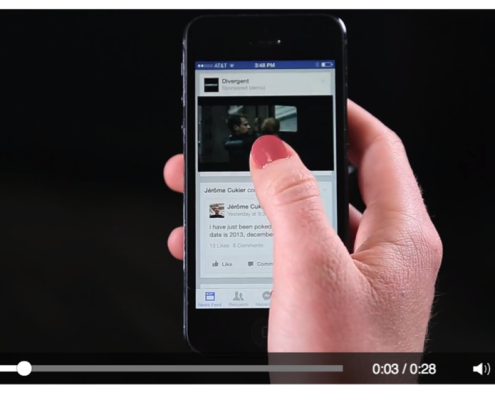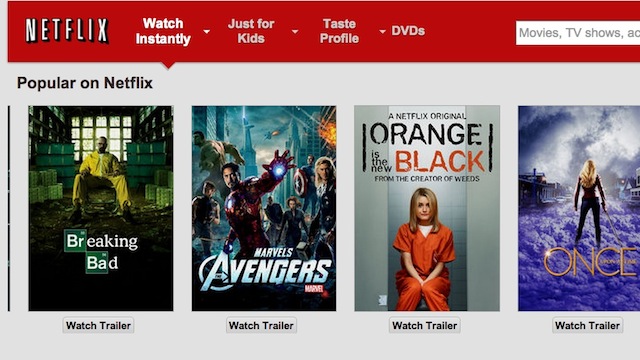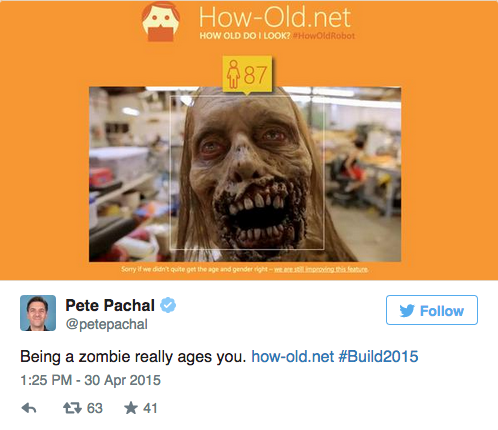Cercone Brown & Co. Launches the First Annual Green House Marketing Program To Bring Awareness to Sustainable Living
When it comes to constructing or converting a home for “green living”, the common perception is that it’s expensive, inconvenient, and only for those who can afford the luxury of being eco-friendly.
However, one Boston PR agency, Cercone Brown & Co., aims to debunk these green stereotypes through a new program, the Green House. This May, just outside Burlington, Vt., Cercone Brown & Co. will immerse a Who’s Who of traditional and interactive press into a completely green-living environment.
The Green House is entirely eco-friendly, from energy efficiency and independence to the smallest details in its furnishings, fabrics and food. However, guests living this completely sustainable lifestyle will find the experience — from accommodations to travel to entertainment — not only affordable, but unexpectedly comfortable and convenient.
“The purpose of the Green House isn’t to try to convert folks to completely green living, but rather demonstrate that there are many often ingenious products and approaches that can make a big difference in the health of the planet and your finances,” said Emily McCavanagh, new business director, Cercone Brown & Co.
The House is expected to host 20 top consumer, green and business editors. While there, editors won’t just look, they’ll be encouraged to touch, taste and test brands in a living laboratory of the latest ecologically inspired products. Activities will include test-driving the new Honda Insight hybrid, taste-testing Green Mountain Coffee, and jogging in New Balance’s latest Earth-friendly shoes. Editors will also give back to their home-away-from-home by participating in a community service garden project to aid local families in need.
While PR teams from each company are encouraged to attend, the Green House honors a strict “no pitch” zone, instead endorsing genuine interactions with editors. This system ensures that Green House attendees have the best products of 2009/2010 at their disposal; no boundaries, no time constraints, no distractions.
The Green House: Vermont Living for the 21st Century
The Cercone Brown & Co. Green House is a “net zero” home, meaning it is intended to produce as much energy as it uses over the course of the year. Environmental features include geo-thermal heating, radiant concrete floors, triple pane windows, super insulated walls and roofs, active PV solar panels and significant south facing glass, which provides solar gain and great views down the valley.
Owned by the Vermont Building Resources and the Russell Family Farm, the Green House is certified by the Vermont Builds Green (VBS) program. The house is located on a 24-acre farm parcel with 14 acres set aside for continued farming.
The Green House concept is an outgrowth of Cercone Brown’s successful Summer House/Winter House programs (now in the fourth year) hosted in Nantucket, Mass. and Park City, Utah, respectively. Participating companies have included such leading brands as Subaru, Oakley, Vineyard Vines, Wente Vineyards, Baskin-Robbins, Zone Perfect, Seventh Generation, Nordic Track and many more. For information on attending or exhibiting in any of Cercone Brown & Co’s Houses, contact Noelle Guerin at 617-248-0680 x21 or nguerin@cerconebrown.com.
About Cercone Brown & Co.
Located in Boston, Massachusetts, Cercone Brown & Co. (CBC) provides branding, advertising, public relations and promotions services to companies in a range of industries. Founded in 2001, the company has worked with leading brands that include adidas, GMAC Insurance, Hasbro, Nantucket Nectars, Orvis, Cognos, Sperry Top-Sider, K2, The Timberland Company, Vibram and ZOOTS. For more information, visit www.cerconebrown.com.
###









